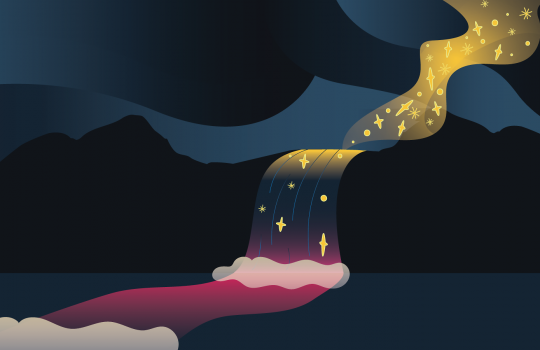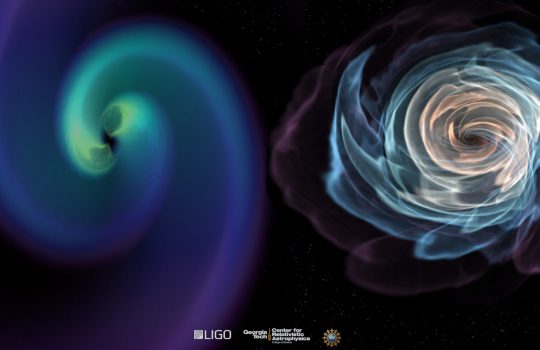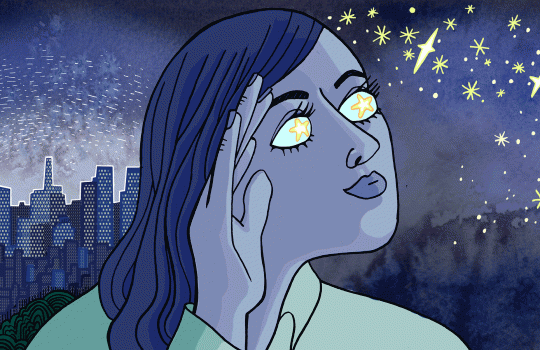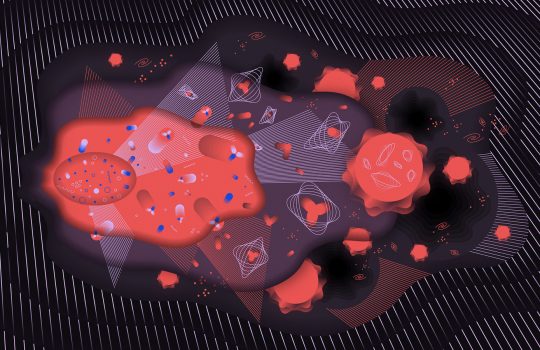The Milky Way ate 11 other galaxies as its grew, groundbreaking dark energy survey finds
From Daily Mail, Jan. 14, 2018: Preliminary results from the Dark Energy survey have revealed a stunning look at the remains of 11 smaller galaxies that have been devoured by our own, reducing them to stellar streams.






